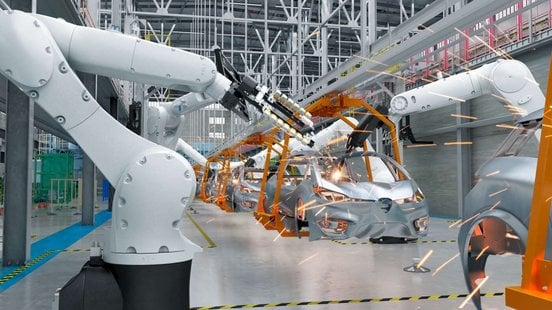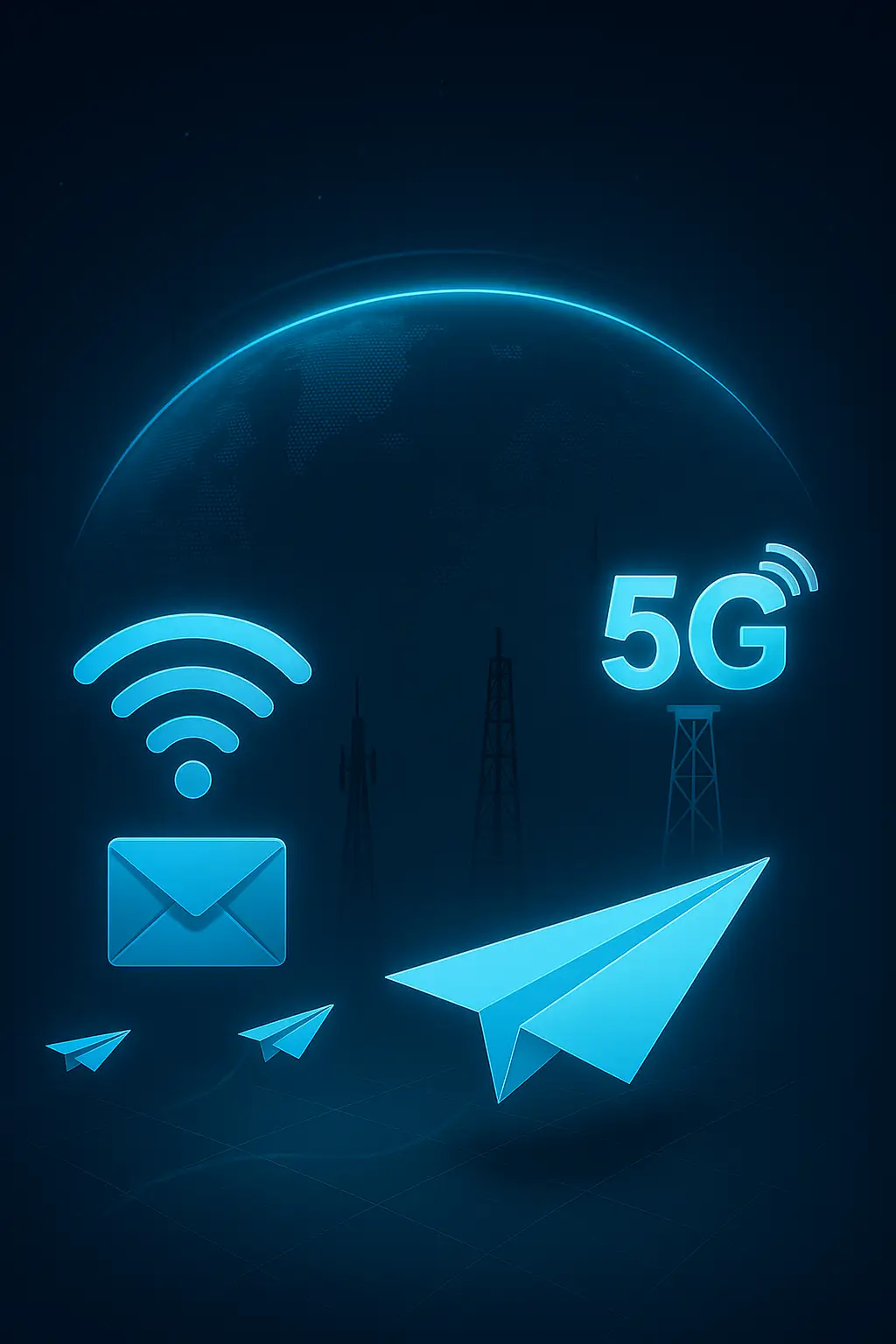As of 2025, 5G is no longer a futuristic buzzword — it’s a transformative force reshaping industries across the globe. From smart factories to connected ambulances, 5G is enabling applications that were impossible with 4G due to latency, reliability, and density limitations.
In this article, we explore five high-impact, real-world 5G use cases that are driving enterprise transformation — with real deployments, not just pilots.
🔹 1. Smart Manufacturing & Industry 4.0
Sector: Manufacturing, Industrial Automation
Why 5G?: Ultra-low latency, private networks, massive IoT support
Factories of the future rely on real-time communication between machines, sensors, and central systems. 5G enables:
– Autonomous mobile robots (AMRs) for internal logistics
– Predictive maintenance using high-frequency sensor data
– AR-guided assembly and worker support
– Digital twins for process simulation
✅ Real Deployment:
Bosch and Ericsson have deployed a private 5G network in a German plant, increasing flexibility and reducing wiring and downtime by 30%.
✅ Key Features:
– Private 5G (SA mode)
– 1–5 ms latency
– mmWave or mid-band spectrum
🔹 2. Connected Healthcare and Remote Surgery
Sector: Healthcare, Telemedicine
Why 5G?: Ultra-Reliable Low Latency Communication (URLLC), high bandwidth, QoS control
5G enables critical care beyond hospital walls:
– Remote surgery with robotic arms (e.g. haptic feedback systems)
– Connected ambulances streaming patient vitals in real time
– Mobile clinics using 5G to access cloud medical records
✅ Real Deployment:
China performed the world’s first 5G-powered remote brain surgery in 2019, with real-time 4K video and robotic tools over a 5G link.
✅ Key Features:
– <10 ms latency
– Network slicing for medical-grade service reliability
– Redundancy via edge computing
🔹 3. Logistics and Port Operations
Sector: Transportation, Warehousing, Supply Chain
Why 5G?: Device density, automation, low latency tracking
5G is a game-changer for logistics and port management:
– Autonomous guided vehicles (AGVs) in warehouses
– Real-time asset tracking with IoT sensors
– Smart port automation for cranes, trucks, and scheduling
✅ Real Deployment:
The Port of Hamburg uses 5G for smart traffic light systems, drone monitoring, and predictive maintenance — improving port throughput by 15%.
✅ Key Features:
– Massive Machine Type Communication (mMTC)
– Edge computing for real-time processing
– Integration with AI/ML and computer vision
🔹 4. Automotive: V2X and Autonomous Driving
Sector: Automotive, Smart Mobility
Why 5G?: Ultra-low latency, direct communication (PC5), high reliability
5G is at the heart of connected mobility:
– Vehicle-to-Everything (V2X): V2V, V2I, V2N, V2P
– Traffic signal interaction for smoother routing
– Collision avoidance via direct broadcast
✅ Real Deployment:
BMW and Qualcomm launched a 5G-powered V2X trial on German highways, achieving <10 ms response time between vehicles and infrastructure.
✅ Key Features:
– Sidelink (PC5) + cellular modes
– Support for C-V2X and ITS standards
– Reliable broadcast in high-speed scenarios
🔹 5. Immersive Media & Broadcasting
Sector: Media, Sports, Events
Why 5G?: High bandwidth, low latency uplink, multicast support
5G enables new forms of entertainment:
– Live 360° video streaming at concerts and sports events
– AR/VR fan experiences with ultra-low lag
– Remote production for broadcasters with mobile units
✅ Real Deployment:
At the Tokyo 2021 Olympics and FIFA World Cup trials, broadcasters used 5G to transmit live 4K/8K streams without wired infrastructure.
✅ Key Features:
– Uplink-boosted networks
– Multicast and MBMS over 5G
– Network slicing for production units
🔹 What Do These Use Cases Have in Common?
- – All require more than speed — they demand reliability, deterministic latency, and network customization
- – 5G Standalone (SA) and private 5G networks are often used
- – Edge computing and AI/ML integration enhance efficiency
- – These are not experimental — they’re scaling in 2025
🔹 Honorable Mentions
- – Smart agriculture: real-time drone surveillance, moisture monitoring
- – Energy grid monitoring: fault detection, predictive analysis
- – Retail: AR fitting rooms, real-time inventory tracking
🔹 Conclusion
The era of 5G isn’t just about faster phones. It’s about enabling new capabilities at scale. As spectrum becomes more accessible and equipment more affordable, 5G is empowering enterprises to reimagine their processes from the ground up.
This is not just the future — it’s already happening.
Benefit from Massive discount on our 5G Training with 5WorldPro.com
Start your 5G journey and obtain 5G certification
contact us: contact@5GWorldPro.com


